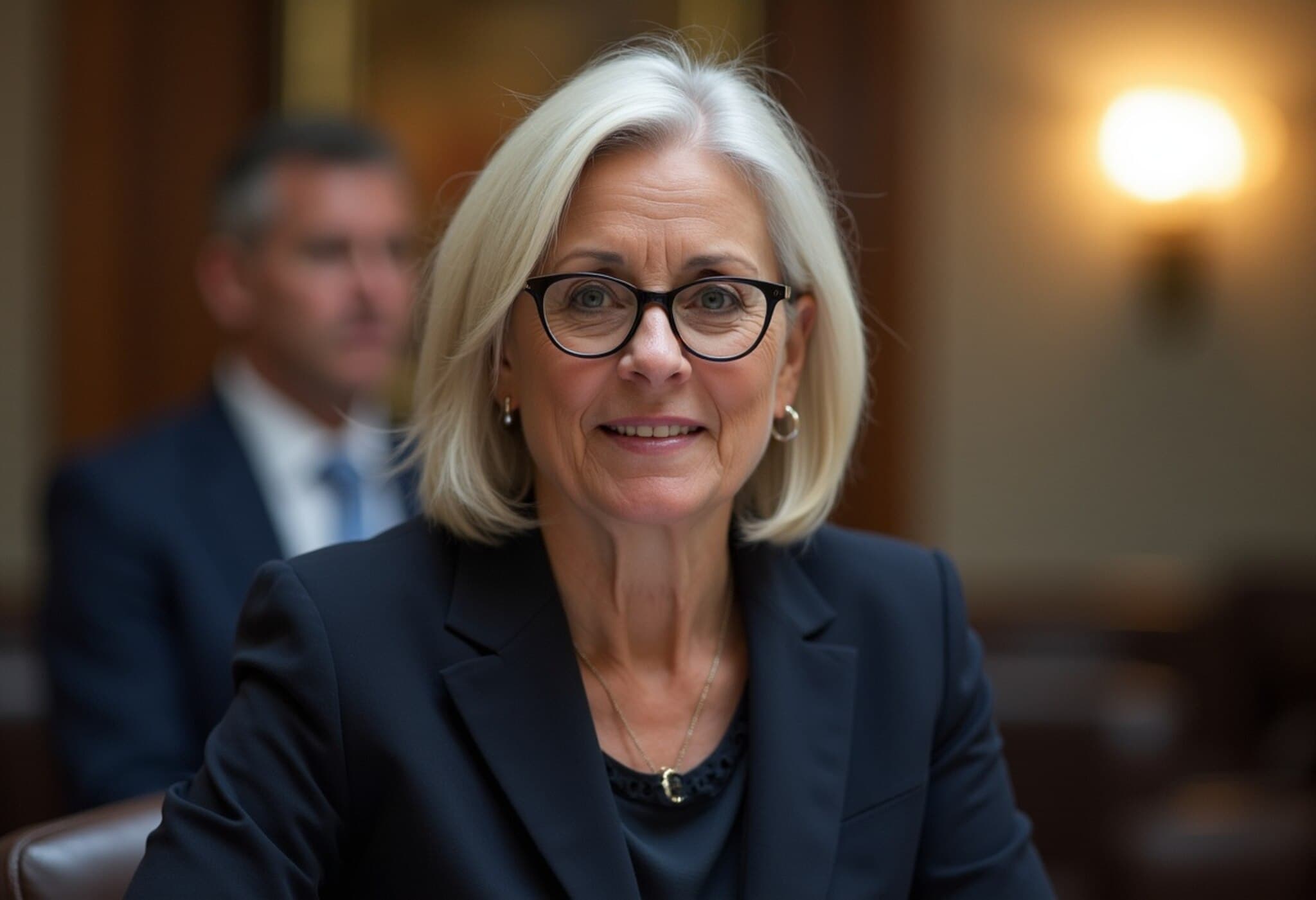USCIS Hits H-1B Visa Cap for Fiscal Year 2026
In a development that will resonate deeply within global tech communities, the U.S. Citizenship and Immigration Services (USCIS) announced on July 18, 2025, that it has officially reached the congressionally mandated H-1B visa cap for the fiscal year 2026. This milestone marks a pause on accepting new H-1B cap-subject petitions, stirring questions and concerns especially among Indian professionals, who have historically been the largest beneficiaries of this program.
Understanding the H-1B Visa Cap and Its Implications
The H-1B visa program, a critical conduit for foreign talent to contribute to the U.S. workforce, especially in STEM fields, has an annual cap set by Congress. For FY 2026, that limit was 85,000 visas—including 65,000 under the regular cap, plus 20,000 reserved for applicants holding advanced U.S. degrees, commonly called the master’s cap.
With the cap now exhausted, USCIS will no longer accept new petitions subject to this limit. However, cap-exempt petitions will continue to be processed, such as applications involving:
- Workers currently holding an H-1B visa who are extending their stay or changing employment terms
- Individuals moving to new employers while retaining their original cap number
- Cap-exempt employers, like certain research institutions and non-profits
Timeline and What’s Next for Applicants
The fiscal year 2026 petition window closed on July 1, after a lottery-based selection began in March 2025. Those petitioning had to demonstrate employment start dates between October 1, 2025, and six months after the petition receipt to comply with eligibility.
For hopeful applicants who missed the boat this cycle, the next registration period for fiscal year 2027 won’t open until March 2026. This enforced waiting period underscores the intense competition for these coveted visas.
Why This Caps Matter to Indian Tech Professionals
Indian nationals constitute a substantial majority of H-1B recipients annually, especially in technology and engineering sectors. The program has often been both a beacon of opportunity and a flashpoint of debate.
On one hand, it provides a vital pathway for thousands of highly skilled Indian workers to contribute to American innovation. On the other, it has fueled contentious dialogues around job competition and wage disparities, with some American workers expressing concerns about overseas talent undercutting domestic employment prospects.
Amidst these tensions, some U.S. policymakers are discussing reforms that aim to protect American workers while balancing the need for global expertise—yet concrete legislative changes remain uncertain.
Additional Fees and Policy Shifts to Watch
Adding another layer of complexity, the U.S. government recently introduced a new $250 visa integrity fee, aimed at curbing visa misuse. This fee impacts Indian tech workers, who must factor it into the cost and process of securing or renewing H-1B status.
What Does This Mean for U.S. Employers?
American companies reliant on H-1B talent should anticipate navigating tighter competition and planning their workforce strategies carefully. Extensions and intra-company transfers remain unaffected, providing some operational continuity. However, firms must be proactive about upcoming lottery cycles and alternative visa pathways, such as the O-1 for individuals with extraordinary ability.
Broader Economic and Policy Context
The cap's swift filling reflects persistent demand for skilled immigrants amid talent shortages in critical industries. For U.S. economic competitiveness, balancing immigration policy with workforce development is paramount. Experts suggest that while the H-1B program remains vital, complementary policies enhancing domestic STEM education and training could ease pressure over time.
Editor’s Note
The exhaustion of the H-1B cap for fiscal year 2026 spotlights ongoing tensions in immigration policy amid globalization and technological advancement. For Indian professionals, this signals a waiting game but also a chance to explore diverse visa routes and upskill. Policymakers must weigh the economic benefits of global talent against domestic employment concerns with nuance and foresight. As this landscape evolves, staying informed and adaptable is essential for all stakeholders—from applicants and employers to legislators. What reforms might unfold next, and how will they shape the future of American innovation?
About the Author
Our global desk of seasoned journalists and policy analysts continually monitor international visa trends, offering readers in-depth analysis with unique cultural and economic insights. We are committed to delivering balanced and authoritative coverage on immigration and talent mobility worldwide.



















